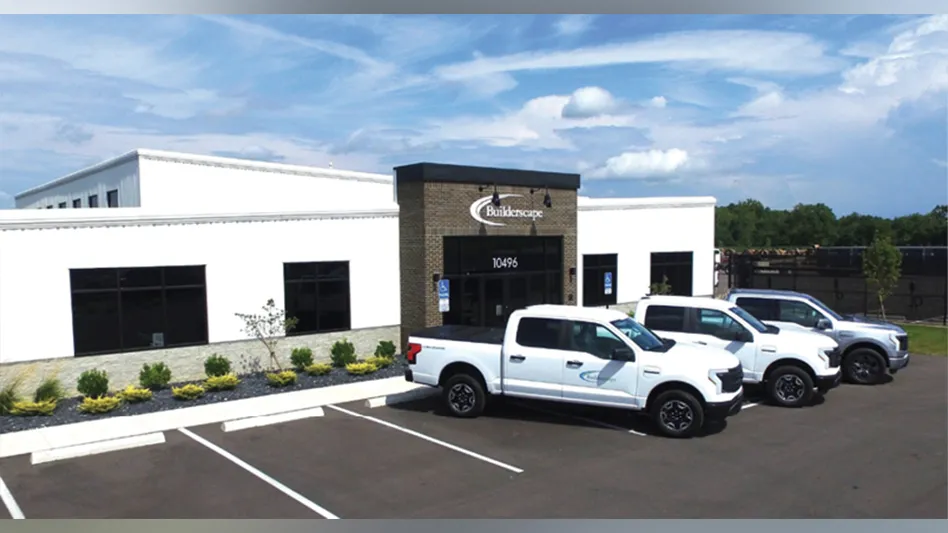
In Maine, offering a snow removal service in the winter is par for the course among landscapers.
“There’s not really a lot of options to make money in the winter here in the landscaping industry,” says Nick Flagg, president and chief operating officer of Flaggship Landscaping based in Gorham, Maine.
Snow and ice management have always been a part of his company’s service mix and makes up about $450,000 of the company’s $1.8 million in revenue.
Growing pains.
“We made a big jump last year,” Flagg says. “We wanted to grow administratively. We were a very lean company. It was really just myself and an office manager, and we grew 40 percent in 2015.” The company added a full-time salesperson and part-time office administrative assistant. “Now we’re just poised for more controlled growth,” he says.
Because not all employees stay on through the winter, and because the business is continuing to grow, this winter was the first Flagg used subcontractors.
The bulk of the subcontractors he used this year were hand crews, shoveling and snow blowing. “We do much condo association work, there’s a lot of hand labor involved with snow removal,” Flagg says.
Flagg found the contractors through some advertising, word of mouth, social media and connections he already had in the industry. For the most part, it worked out well, with one exception, he says.
“We definitely had some issues with an inexperienced subcontractor. We actually had to terminate them on one property and take over the property in house,” Flagg says. “Basically, it was a 6- or 8-inch snowstorm, and they didn't show up to plow until there were 6 or 8 inches on the ground. That’s not the expectation that was set, and that’s not the kind of service that we provide.”
Getting an early start.
The Flaggship team usually begins preparing heavily for the winter season in September.
“We try to sign any new contracts as soon as possible,” Flagg says. “Ideally, we don’t sign them any later than Oct. 1.”
And as Flagg noted, an early start on finding qualified subcontractors is important.
“The lack of qualified labor is a major issue. The people willing to work and people who are able and qualified is a major challenge that we’re facing,” he says. “Customers want competitive pricing and the labor force wants more money, and they’re not all very qualified. Most of them are completely inexperienced. We spend a lot of time training and teaching and educating.”
In order to address this challenge, Flagg says he is ramping up internal training for current employees that may be eager to do the work but lack experience.
Unpredictable winters.
Most of the company’s customers are on a year-round service plan for both landscape maintenance and snow and ice removal services.
Typically, the customer threshold for snow events is 2 or 3 inches of snow. A few customers are zero tolerance, Flagg says. The cap for a snow event is 10 or 12 inches.
Maine winters, especially on the coast, are unpredictable, he says. This winter his team had nine or ten snow removal events and salted properties about 15 to 20 times. In prior winters, his team has had 15 to 18 snow events, and has salted 25 to 40 times. However, the winters even out revenue-wise.
“Over the course of a three-year period, it’ll average out,” Flagg says. “In a light winter, we do a little bit less revenue, but we don’t do as much work. We save wear and tear on equipment, people, fuel and salt. And in a big winter, we do more work, but we get paid more for it.” Customers have no complaints, he says.
“The last two winters, we’ve had what people perceive as big winters. I think, over a three-year average, they feel like it’s worked out well for them.”

Explore the June 2016 Issue
Check out more from this issue and find you next story to read.





